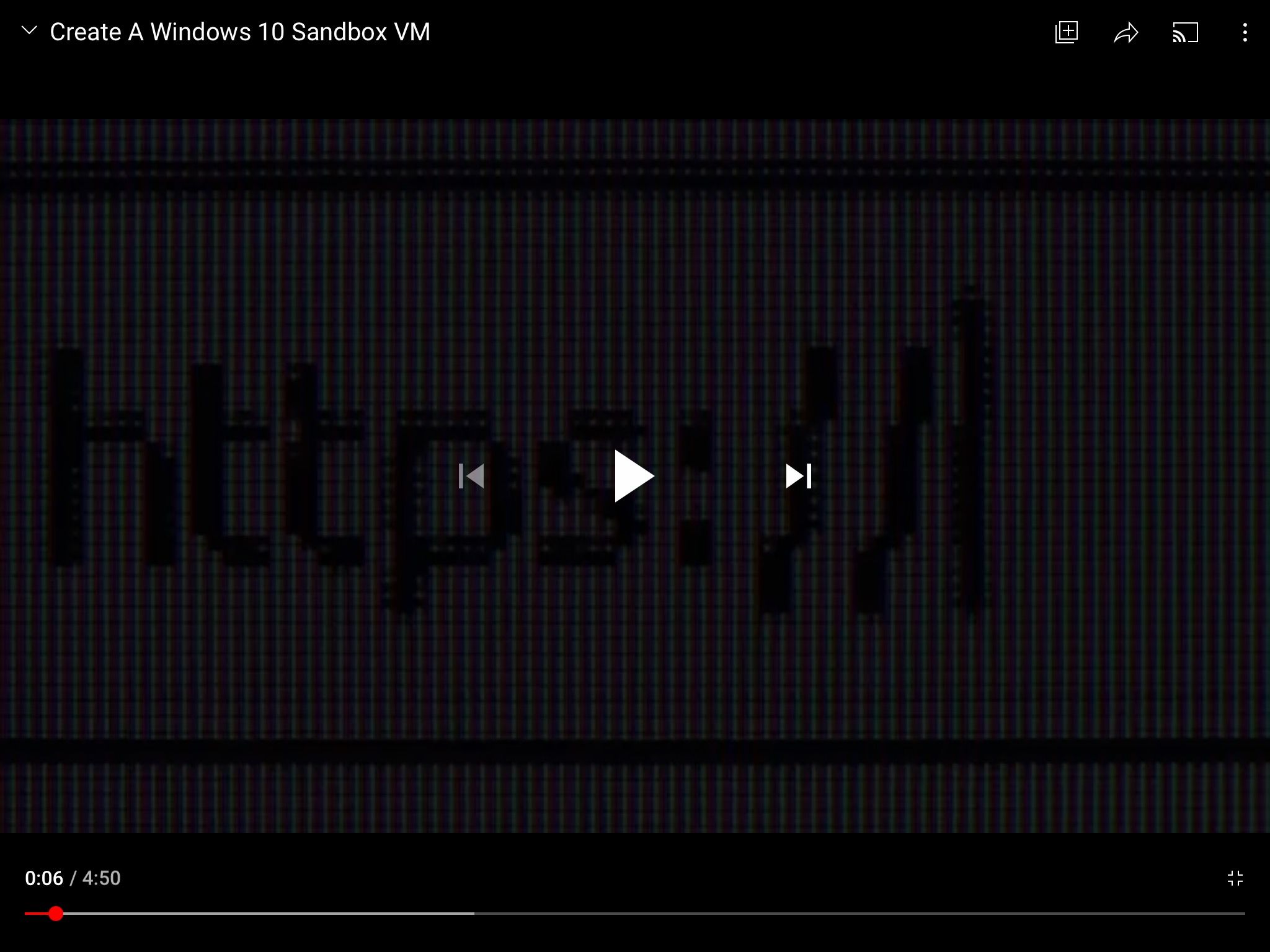
Incorporating Context-Aware Triggers: Context-aware malware works by exploiting weaknesses of the automated sandbox technology.Or, if the sandbox’s monitoring method is circumvented, the sandbox gains a “blind spot” where malicious code can be deployed. One example is using obscure file formats or large file sizes that the sandbox can’t process. Exploiting Sandbox Gaps and Weaknesses: As sophisticated as a particular sandbox might be, malware authors can often find and exploit its weak points.If malware detects a sandbox, it can either terminate immediately or stall execution of harmful activities. Detecting the Sandbox: Sandbox environments look slightly different than an end user’s real system.Some primary sandbox evasion techniques include.

To have graphical output to windows an X server can be used (for example Xming).Malware authors are constantly working to respond to the newest, most sophisticated threat detection. In some preliminary tests WSL seemed to have a problem with a RAM usage of 4GB (initialized on a way to high res grid). It would be interesting to see what happens when RAM needs increase. More research will be done in the future, for example with my fan.c case in 3D to see how performance scales. So on first note, performance seems a factor 4 lower when using a VM over WSL. For both cases utilisation was 100% within the shell (seen by typing top). For the VM a performance of 2.1e5 points/s is reached, while CPU utilisation in windows was sitting around 35% (25 W Power consumption), suggesting extra overhead. In WSL 4.1e5 points/s are reached, all while CPU utilisation in windows was sitting around 17% (16 W power consumption). The example karman case is run on a single core (Intel 8th gen 3.9 GHz). It misses an OpenGL extension (GL_EXT_packed_depth_stencil) that is used within basilisk view.

On using windows subsystems for linux or a virtual machine.


 0 kommentar(er)
0 kommentar(er)
